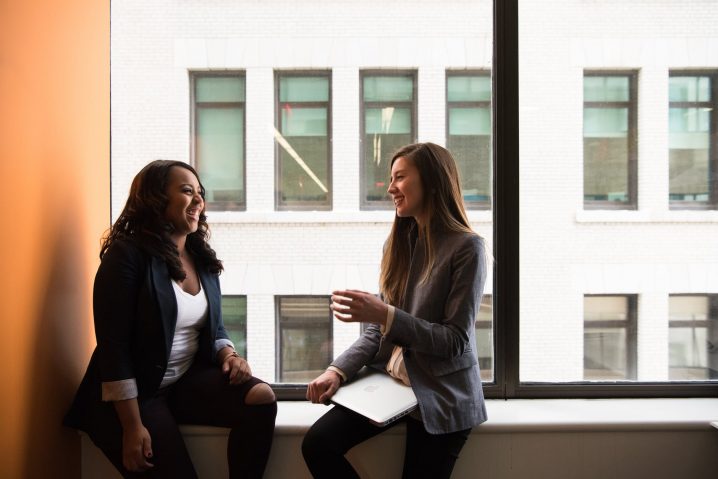No matter where you work, dressing appropriately is very important. Some workplaces have strict dress codes, but even if yours doesn’t, you should still ensure that you wear clothing which is suited to the type of work that you do and the environment that you’re working in.
Dressing for work can be a minefield. Pumps or heels? Slacks or skirts? Suits or casual dress? It can be a challenge to navigate your way through the numerous options. However, if you make a mistake in the way you dress for the workplace you could find that it has a negative impact on your career. So, with this in mind, here are some top tips to help you make sure you don’t fall foul of your work’s dress code policy.
Wearing A Uniform
If your workplace has a uniform, a lot of your issues will be resolved. However, there can still be issues surrounding the details. Are you expected to wear flat shoes or heels? Do you need to do something specific with your hair? Some workplaces have a general guideline as to attire but no specific items that need to be worn. For example, if you’re working in a commercial kitchen you’ll need to wear suitable chef’s attire but you may not have a particular brand or style to adhere to. It’s always important in this situation to choose well-designed, high-quality clothing which has been made specifically to withstand the rigors of your workplace. Visiting a specialist website like ChefWorks.com that specialize in providing clothing for your industry is the best way forward to ensure that you’re appropriately dressed.
Business Formal Attire
Many people who work in the professional sphere need to wear business formal attire to the workplace. For men, this means wearing a tailored suit with one, two or three buttons in a neutral solid color such as navy, gray or black. Ties should be modest in style and color with no novelty designs. These should be paired with a collared, white, button-up shirt and closed-toe Oxford shoes in black or brown. For women, a well-cut skirt or pantsuit in a neutral and conservative color like brown, navy or black is recommended with a white collared button-up shirt. These should be partnered with pantyhose in a dark color and closed-toe heeled shoes in a neutral shade. Accessories like earrings should also be conservative and skirts should be no shorter than just above the knee.
Business Casual Attire
Most workplaces opt for a business casual attire policy, which allows workers to add more personality to their outfits while also staying professional-looking. Since this type of attire is less formal, you can be more colorful and choose less conservative accessories. For men, this could mean collared, colored button-up shirts in any shade or with conservative patterns like stripes or checks. A tie may or may not be worn depending on the organization’s rules. Sweaters and pullovers could be worn over the shirt too along with dress pants or khakis rather than a pair of formal suit pants. Shoes could be any kind of closed-toe shoes including loafers, but not sneakers. A woman can choose business separates such as a skirt with a shirt or sweater. Khakis and slacks are also permitted and larger jewelry can be worn as accessories. Women can also choose to wear pumps, loafers or flats, but they should still have a closed toe.
Looking professional is always important, whatever type of workplace you’re in, so make sure you check out the rules for your organization and remember to dress appropriately.
